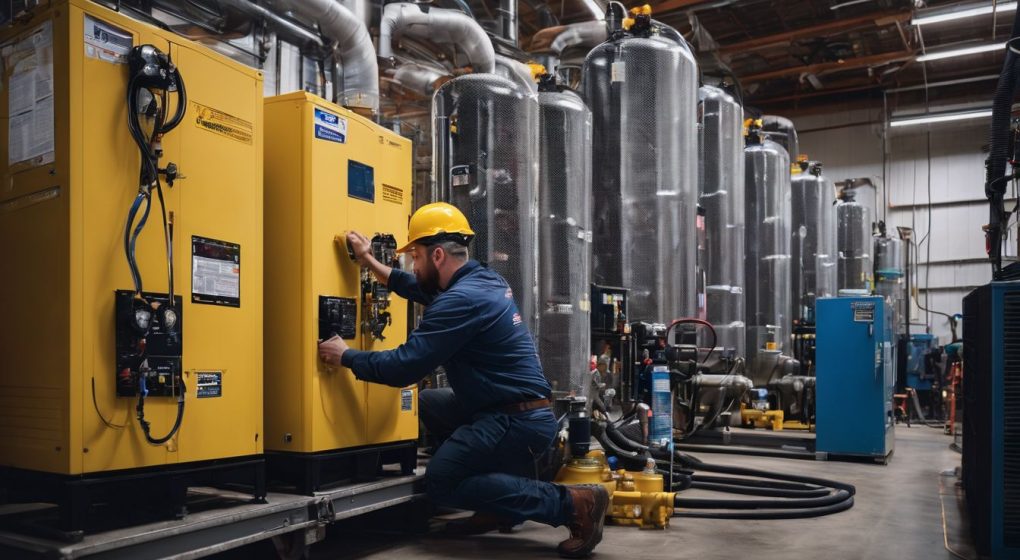
Air conditioning systems make our homes cool and comfy, but have you ever wondered about the gas inside them? This gas is called a refrigerant. It’s key to getting the heat out of your house.
Think of it as a super helper in your aircon that keeps everything chill.
People used to use bad gases like CFCs and HCFCs such as R-22 in air conditioners, which hurt our ozone layer. We stopped using CFCs back in 1994 because they were not good for the sky above us.
HCFCs are going away too because they can also cause harm to our planet.
Now we’re moving towards cooler options like R290 (Propane) and R32 for our aircons. These new kids on the block don’t mess with our earth much and aren’t harmful to breathe in either! Plus, since January 2018, Aussies began saying goodbye to HFC gases like R134a that warmed up our world too much.
Even better types called HFOs are coming into play, giving us hope for greener cooling.
Turn your attention now to how these amazing gases work magic in an air conditioner: They transform from lazy low-pressure gas lounging around all coolly into a high-pressure liquid hustling hard to scoop up heat from indoors.
Clever stuff indeed!
Leaks of this special gas can be trouble though – less cool air inside and bad news for nature outside! But no worries, experts like those at Jaric Air Conditioning are always ready to patch things up nice and quick.
So remember folks; when you switch on that AC at home, there’s a whole adventure of eco-friendly science happening right there! And now it’s time we take a closer look at what makes your room so delightfully chilly.
Understanding Refrigerants in Air Conditioning Systems

Refrigerants in air conditioning systems serve a crucial role. They absorb heat from inside your home and release it outside. This keeps your rooms cool and comfortable. These substances shift back and forth between gas and liquid states within the system’s copper coils.
This change of state helps to move heat efficiently.
Different refrigerants have varying impacts on the environment, particularly regarding ozone layer depletion and global warming potential. Older types like CFCs were harmful to the ozone layer, leading to their phase-out under international agreements such as the Montreal Protocol.
Newer options aim for sustainability while still providing efficient cooling power for your air conditioner unit.
Common Types of Refrigerants

In the realm of air conditioning systems, a variety of refrigerants are utilised for their specific properties and capabilities. These substances play pivotal roles in cooling environments efficiently while also reflecting evolving environmental regulations and technological advancements.
Chlorofluorocarbons (CFCs)
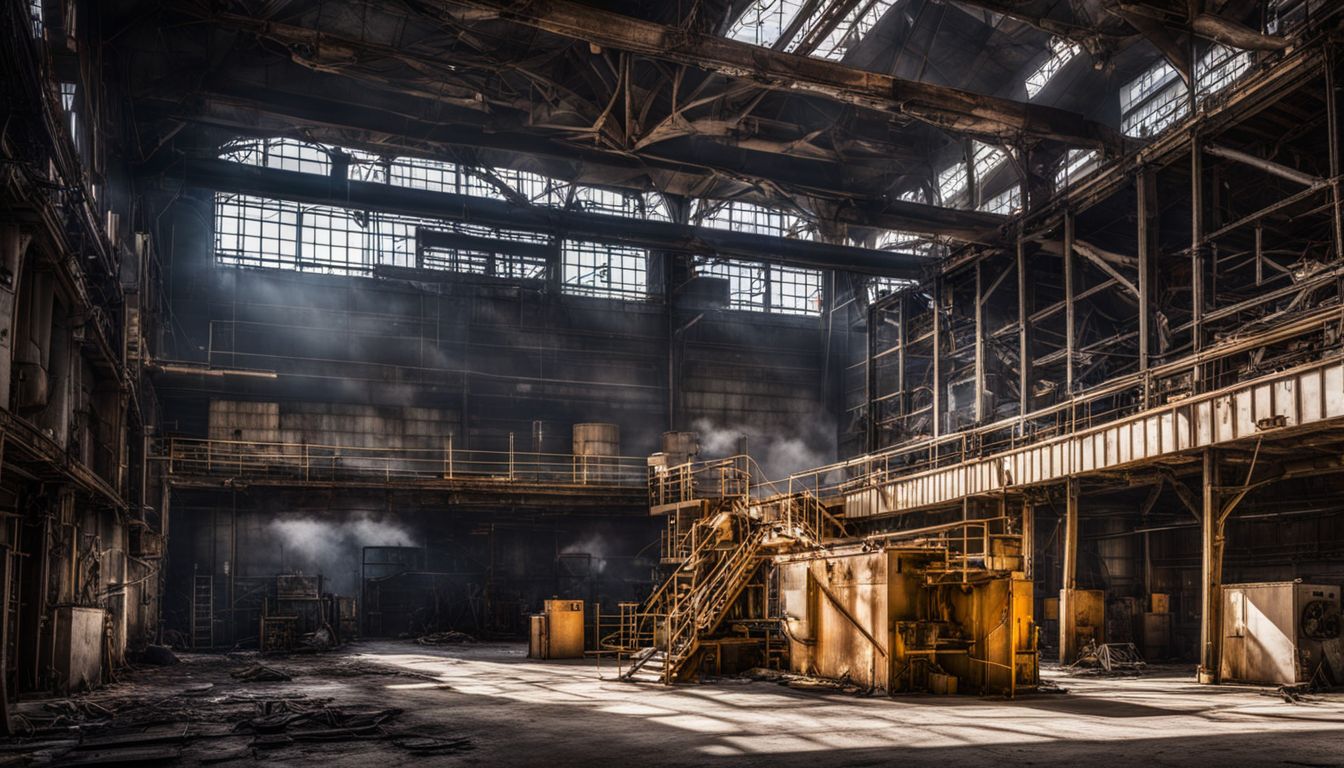
Chlorofluorocarbons, or CFCs, were once the go-to refrigerants for air conditioning units. They worked well in keeping homes and fridges cool. Sadly, they also played a big part in harming the ozone layer.
Scientists found out that these gases were making a hole in our planet’s protective shield.
Because of this discovery, countries around the world agreed to stop making CFCs by 1994 through the Montreal Protocol on Substances that Deplete the Ozone Layer. Now we know better than to use gases like CFCs which contribute to greenhouse gas effects and harm our environment.
Hydrochlorofluorocarbons (HCFCs)
Hydrochlorofluorocarbons, or HCFCs, were the go-to choice for cooling in air conditioners and refrigerators after CFCs got a bad rap for harming the ozone layer. Even though they’re less damaging than their predecessors, they still pose a threat to our environment.
R-22 is one such HCFC that was widely used during the ’90s and early 2000s. Air conditioning systems made after 2010 no longer use R-22 because people realised it still contributes to ozone depletion.
Nowadays, finding R-22 in newer HVAC systems is rare since safer alternatives have taken its place. But there are plenty of older units out there that rely on this gas. If your system uses R-22, regular maintenance is key to avoiding leaks and keeping any environmental damage in check.
Remember, even though HCFCs like R-22 were once common, we need to make sure they stay contained and don’t escape into the atmosphere.
Hydrofluorocarbons (HFCs)
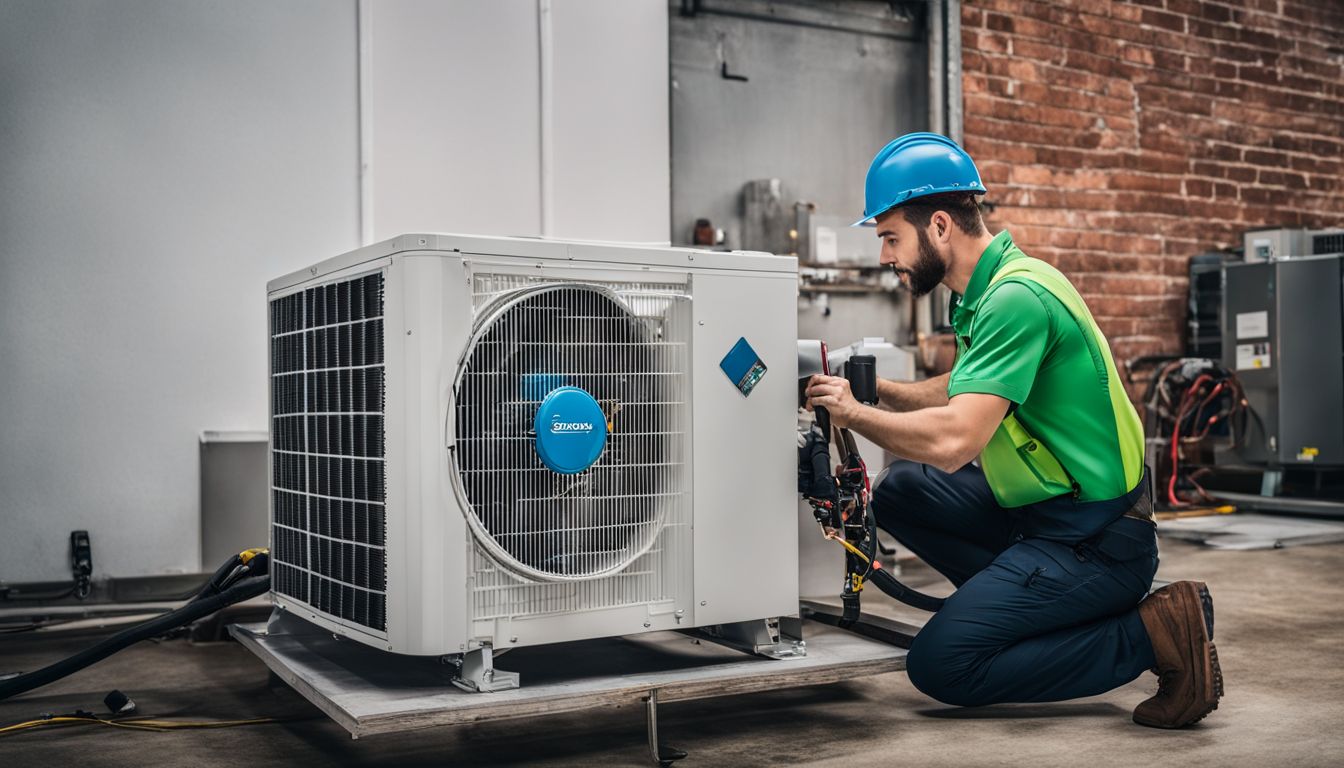
Moving on from HCFCs, the aircon industry saw HFCs like R134a becoming popular. These gases don’t harm the ozone layer, but they affect climate change. Many places are cutting down on HFC use to protect the environment.
In Australia, for example, a phase-down began in January 2018.
HFCs have been common in commercial and residential cooling systems. One well-known mix is R410A, found in many home AC units. But this blend has a high impact on global warming too.
So now there’s a shift towards using R32 instead because it’s better for our planet.
Hydrofluoroolefins (HFOs)
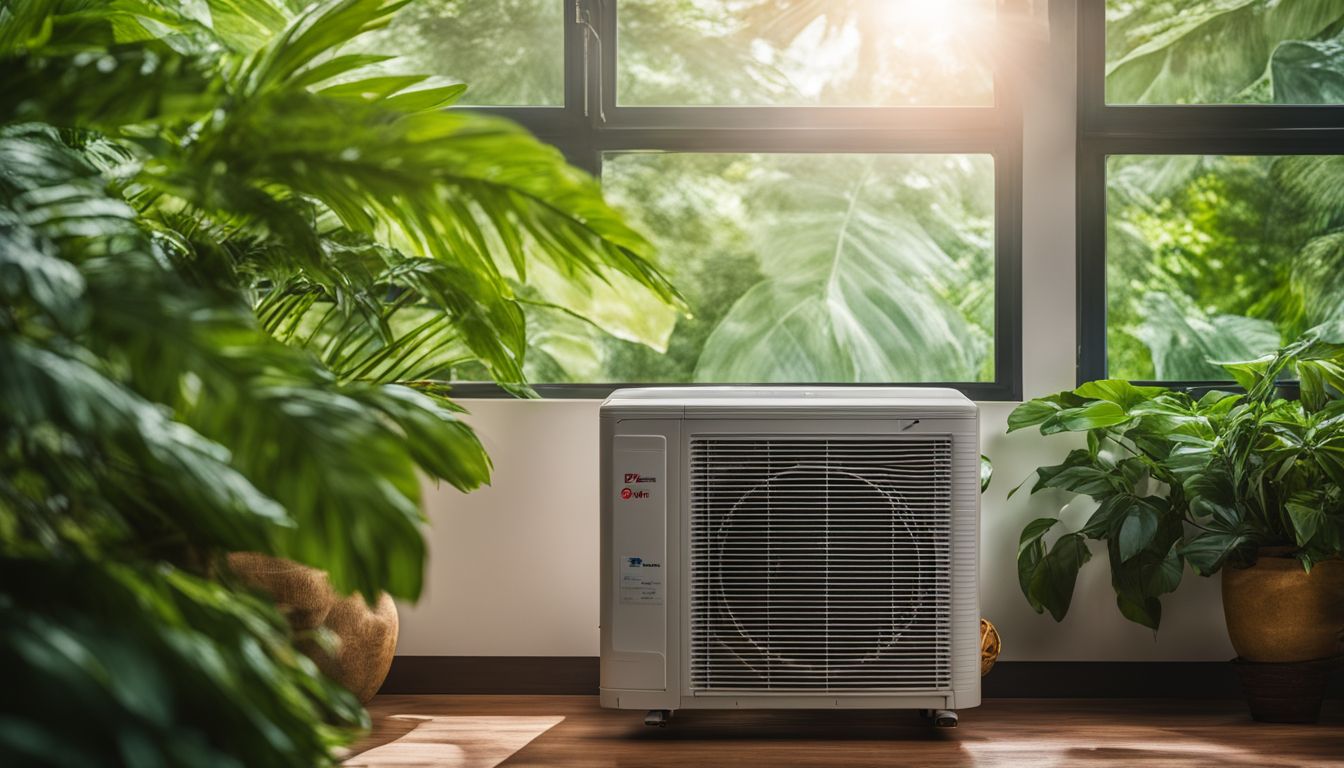
Manufacturers now prefer using HFOs since they help make air conditioners more energy-efficient and eco-friendly.
These greener refrigerants align with global efforts to protect the earth’s atmosphere. As more companies turn to HFOs, we see a significant shift in how cooling systems operate. This move highlights an important change in ensuring indoor comfort while being mindful of nature’s welfare.
Up next: let’s dive into how these refrigerants work magic inside your aircon units.
How Refrigerants Operate in an Aircon System
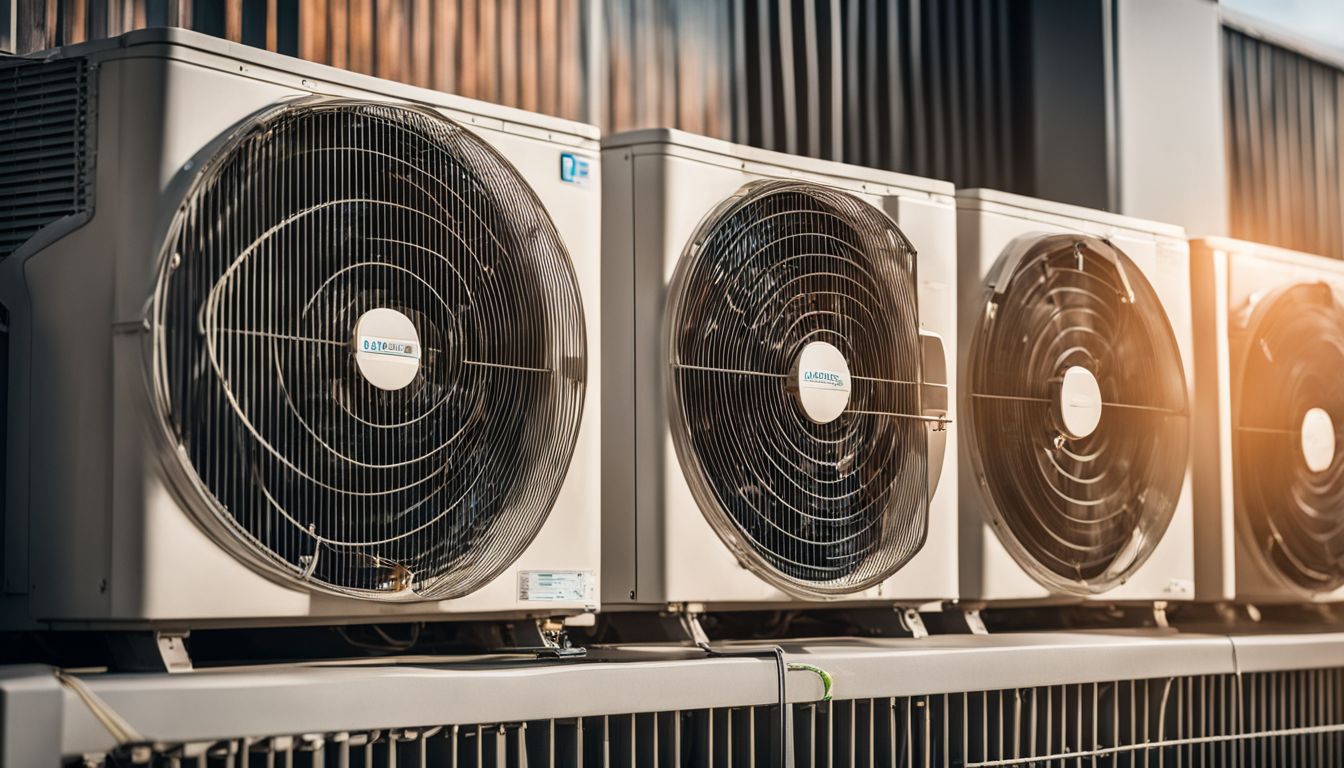
4. How Refrigerants Operate in an Aircon System:.
Delve into the heart of your air conditioning unit where refrigerants tirelessly cycle, absorbing indoor heat and releasing it outdoors, transforming from low-pressure gas to high-pressure liquid and back again.
This intricate process is essential for maintaining a cool and comfortable indoor environment, which we often take for granted during hot summer days or in warm climates.
Unraveling the Workings of Aircon Gas
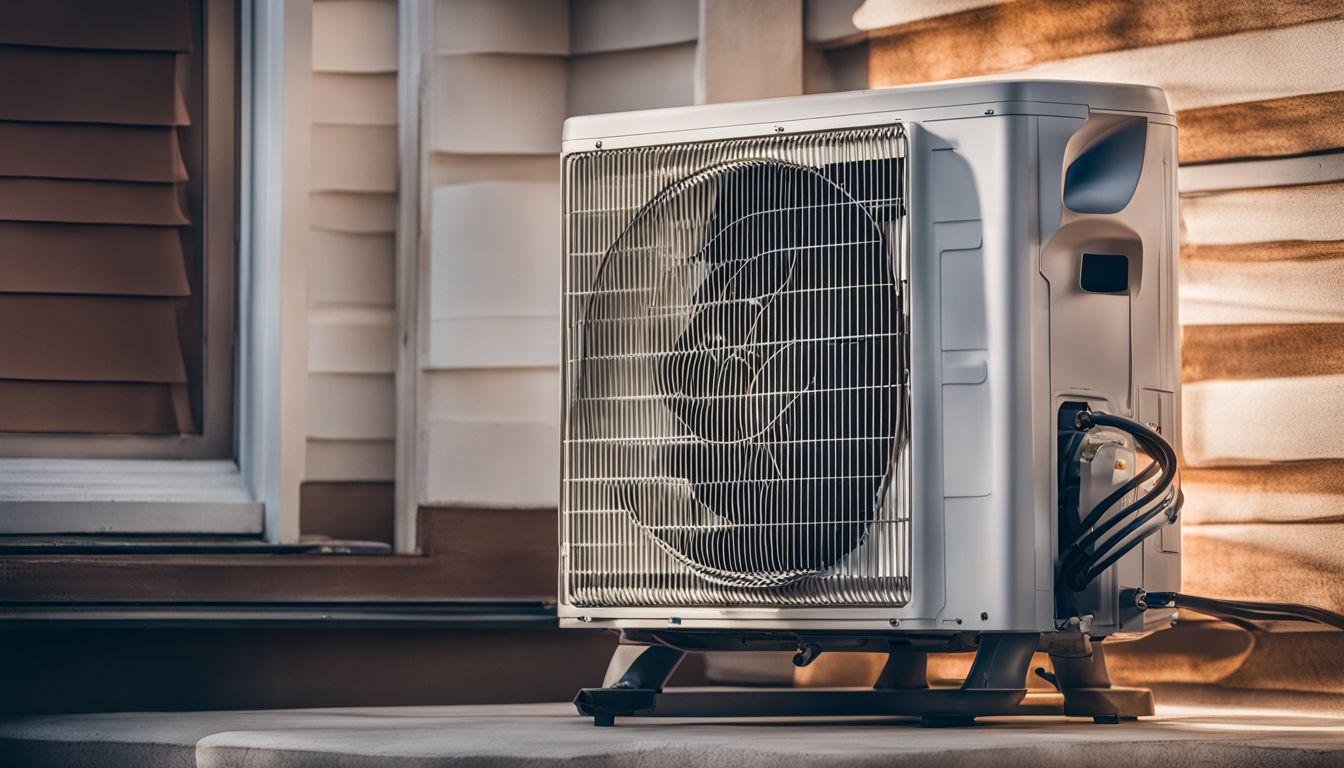
Aircon gas, or refrigerant, is the lifeblood of air conditioning systems. It absorbs heat from inside a room and turns from a low-pressure gas to a high-pressure liquid during the refrigerant cycle.
This transformation cools down warm air before it’s sent back into the room.
Refrigerants must pass through several parts of an aircon system to work correctly. They start in the evaporator, where they absorb heat and evaporate into gas. Next, compressors squeeze this gas into a hot, high-pressure state.
Then it flows through condensers that remove the heat by releasing it outside. Finally, as it cools down and turns back into liquid form, it moves towards the expansion valve which regulates its return to low pressure before starting again in the evaporator.
Recognising and Managing Refrigerant Leaks
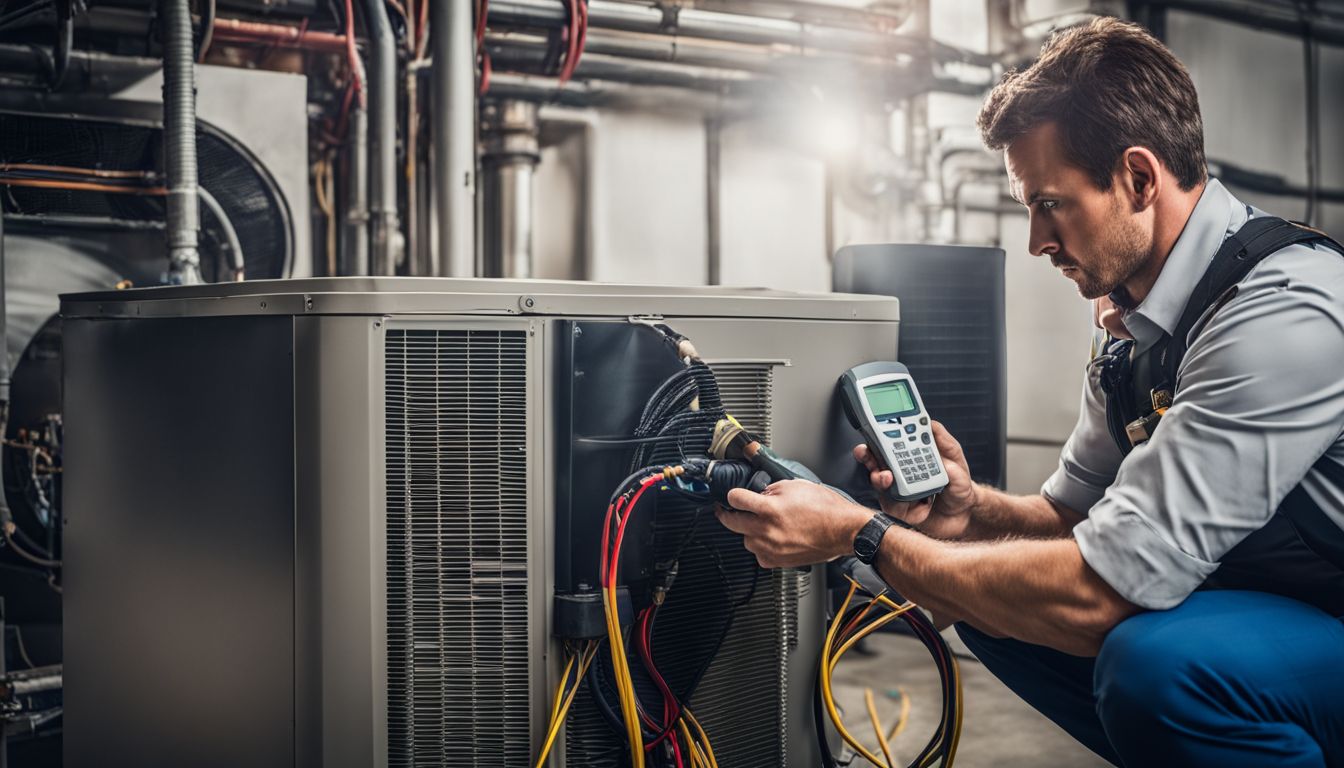
- Keep an eye out for oil stains around the aircon. These could signal a refrigerant leak.
- Listen for hissing or bubbling sounds when your aircon is on. This noise might mean gas is escaping.
- Check your energy bills. If costs are rising, it could be due to a leak making your system inefficient.
- Use soapy water on pipes and joints. Bubbles form at the leak site, showing where repairs are needed.
- Monitor cooling performance. If your room isn’t getting chilly, the refrigerant levels might be low.
- Get a pro like Jaric Air Conditioning to check your system yearly. They can find and fix leaks you miss.
- Detect leaks with electronic detectors or ultraviolet dyes that professionals use for hard-to-find problems.
- Follow safety precautions when handling refrigerants. Wear safety gear like gloves and goggles to protect yourself.
- Repair any damages quickly to prevent further environmental impact from gases such as R22 or R134a leaking out.
- Dispose of old refrigerants correctly; they shouldn’t go in the bin since they could explode or burn.
Conclusion
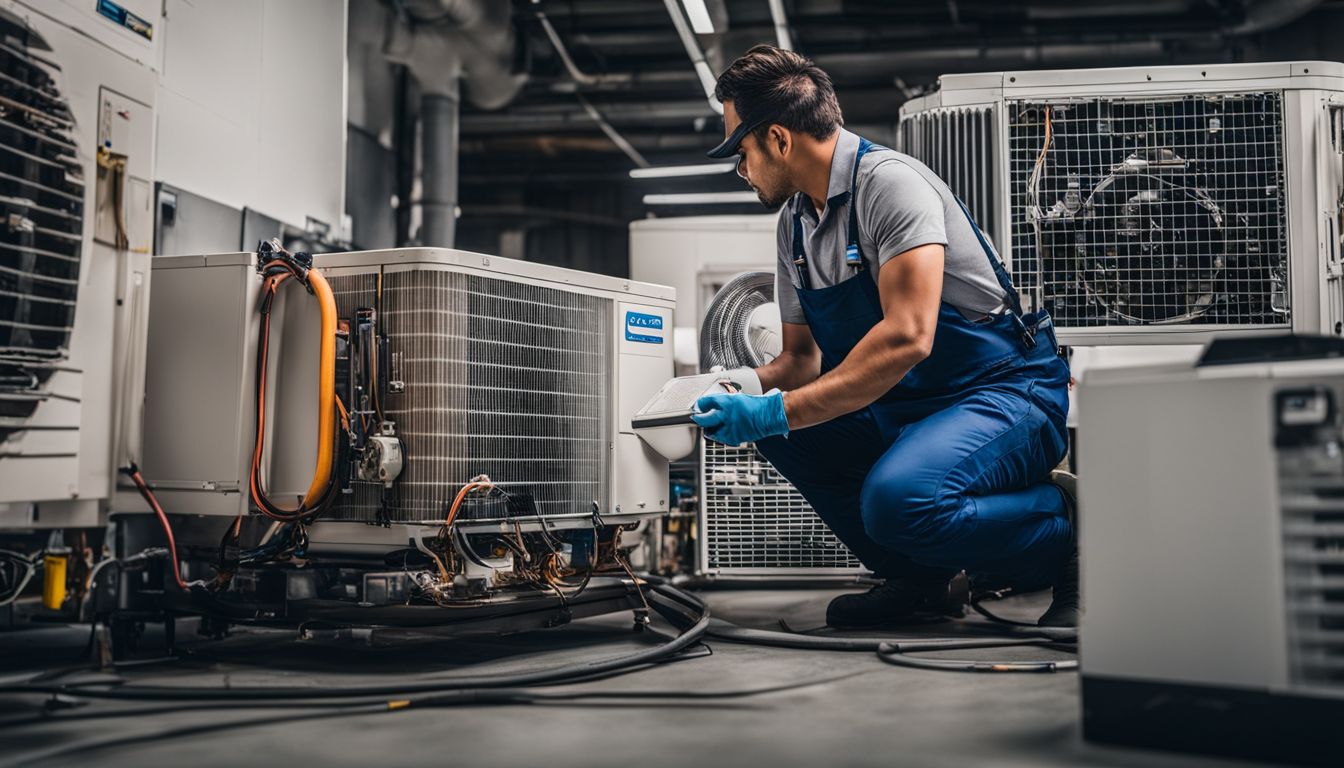
Aircon gases play a crucial role in keeping our homes cool and comfortable. We’ve explored different types, from old CFCs to newer eco-friendly options. Remember, choosing the right gas can save energy and help protect the planet.
Always check for leaks to keep your system running smoothly. Choose wisely when buying or repairing air conditioners for a cooler, greener future.
To explore a deeper understanding of how aircon gases function within your cooling system, visit Unravelling the Workings of Aircon Gas.
FAQs
1. What gases do air conditioners and freezers use?
Air conditioners and freezers use gases like R-12, R-134a, and R404a to help with cooling. These are known as refrigerants in the refrigeration cycle.
2. Why is it important to know about aircon gases?
Knowing about aircon gases helps you understand which types are energy efficient and safe for the ozone layer. It’s good for making informed choices when buying ACs or heat pumps.
3. Did older aircons use harmful gases?
Yes, older models of portable air conditioning units used gases called freons, a CFC that contributed to the depletion of the ozone layer.
4. Can using certain aircon gases lead to problems?
Some refrigerants can cause issues because they may contribute to burning or even explosions if not handled correctly.
5. Who invented modern air conditioning systems?
Willis Carrier is credited with inventing modern evaporative air conditioning systems that have evolved into today’s energy-efficient models.
